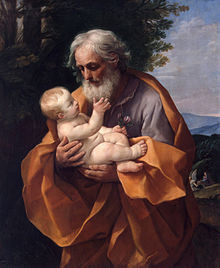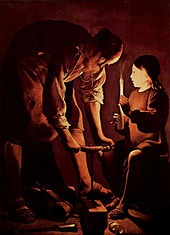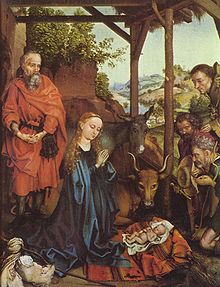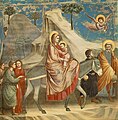When Praying for Healing
It happens sometimes that the healing of a family member — in spite of persistent and fervent prayer — is impeded because of an unspoken resistance to the prayer or because of indifference to it within the family itself. In asking for the physical, emotional, or spiritual healing of a family member, it is crucial, first of all, that two or three family members — especially married couples — pray together. For this I recommend, above all, the Holy Rosary.
When one’s family life is itself fragile or shattered, one should seek out close friends with whom to  pray. Again, the Rosary is, I think, the most efficacious prayer. By means of the Rosary, Blessed Bartolo Longo, a layman, rebuilt family life and renewed society in the poverty, ignorance, and desolation of 19th century Pompei. Veritable miracles of grace, all attributed to the Rosary, confirmed Blessed Longo’s initiatives and continue to the present day.
pray. Again, the Rosary is, I think, the most efficacious prayer. By means of the Rosary, Blessed Bartolo Longo, a layman, rebuilt family life and renewed society in the poverty, ignorance, and desolation of 19th century Pompei. Veritable miracles of grace, all attributed to the Rosary, confirmed Blessed Longo’s initiatives and continue to the present day.
 pray. Again, the Rosary is, I think, the most efficacious prayer. By means of the Rosary, Blessed Bartolo Longo, a layman, rebuilt family life and renewed society in the poverty, ignorance, and desolation of 19th century Pompei. Veritable miracles of grace, all attributed to the Rosary, confirmed Blessed Longo’s initiatives and continue to the present day.
pray. Again, the Rosary is, I think, the most efficacious prayer. By means of the Rosary, Blessed Bartolo Longo, a layman, rebuilt family life and renewed society in the poverty, ignorance, and desolation of 19th century Pompei. Veritable miracles of grace, all attributed to the Rosary, confirmed Blessed Longo’s initiatives and continue to the present day.
The Prayer of Faith
It is possible to add after each decade some invocations drawn from the Gospels, such as: “Lord, the one whom Thou lovest is sick” (Jn 11:3); “If thou canst do any thing, help us, having compassion on us” (Mk 9:21); “I do believe, Lord: help my unbelief” (Mk 9:23); and, especially, the prayer of the centurion repeated in every Mass, “Lord, I am not worthy that thou shouldst enter under my roof: but only say the word, and N. shall be healed” (Mt 8:8).
The Sacraments
It is also indispensable that those who are praying for the healing of a loved one go to Confession frequently. Everyone — not just the penitent — benefits from the grace of sacramental absolution by which the glorious wounds of Christ are applied to the wounds of our souls.
Married couples do well to receive Holy Communion together at the same Holy Mass, at least on Sundays. So often as spouses receive Holy Communion together, the grace of the Nuptial Mass with which they began their married life can be renewed within them. The renewal of this grace benefits the entire family circle. The supernatural context of all healing is the unity that is the fruit of participation in the Most Holy Eucharist.
(Please Pray The Rosary For Our Shepard’s and the conversion of your lost loved ones)





















